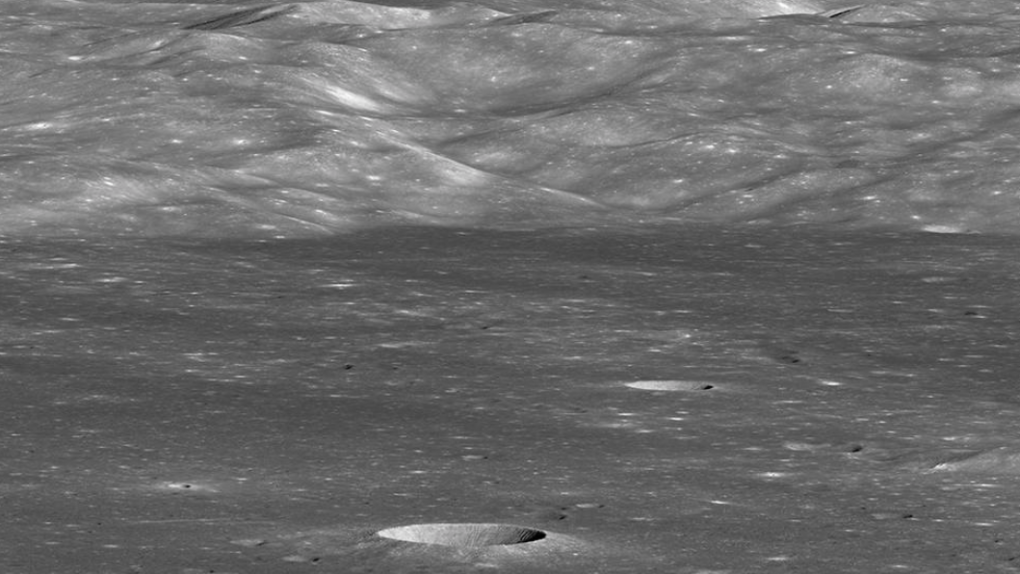- Researchers are searching for an explanation for why the side of the Moon that faces Earth happens to be covered in dark spots, called “maria,” or seas.
- These areas may be the result of radioactive decay of certain elements found in rocks, generating heat and melting the rocks.
- The backside of the Moon has almost no dark spots, leading the researchers to suggest and uneven distribution of these elements is to blame.
The Moon is an iconic feature of the night sky. It’s always there, just kind of chilling out and showing us its personality-packed face at all times. It’s cool, but we only ever see one side of it, and when astronomers first caught a glimpse of its backside they were shocked to see that it had very few dark areas as compared to the pockmarked “front” half.
Now, decades after those observations were first made, researchers are proposing a theory as to why that might be. The key appears to be the uneven distribution of radioactive elements across the Moon as it formed.
The backside of the Moon is far less feature-rich than the side we see every night. There are far fewer dark areas, called “maria” or “seas” on the backside, and scientists long believed this was due to an uneven number of impacts by other objects or perhaps volcanic activity. Now, they believe a combination of factors is responsible, and some specific isotopes may have played a large role.
Via press release:
Potassium (K), thorium (Th) and uranium (U) are, importantly for this story, radioactively unstable elements. This means that they occur in a variety of atomic configurations that have variable numbers of neutrons. These variable composition atoms are known as ‘isotopes’, some of which are unstable and fall apart to yield other elements, producing heat.
Those elements are believed to have been abundant on the near side of the Moon, and the heat of the radioactive decay may have enhanced volcanic activity and caused large areas of the near side of the Moon to take on a darker appearance.
“Because of the relative lack of erosion processes, the Moon’s surface records geological events from the Solar System’s early history,” Matthieu Laneuville, co-author of the research, said in a statement. “In particular, regions on the Moon’s near side have concentrations of radioactive elements like uranium and thorium unlike anywhere else on the Moon. Understanding the origin of these local uranium and thorium enrichments can help explain the early stages of the Moon’s formation and, as a consequence, conditions on the early Earth.”
Put simply, it may have been a random chance that the side of the Moon we see happens to be covered in dark “seas” while the backside is almost entirely free of them. Going forward, additional research into other moons in our solar system could help provide additional context for this phenomenon.








